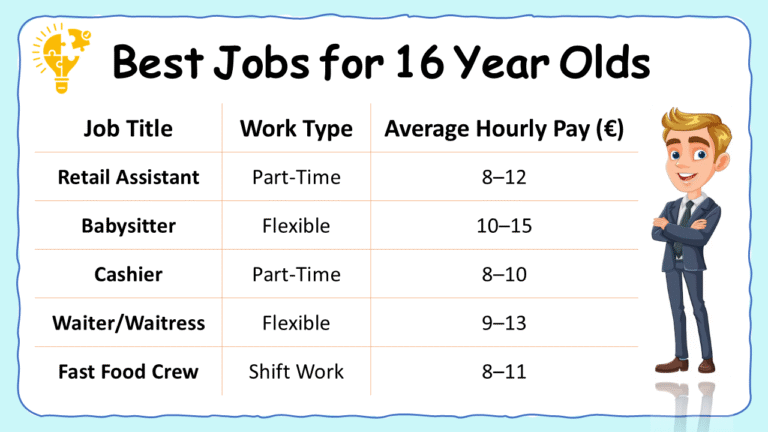Maps are more than just tools for directions—they are one of the most powerful inventions in human history. From ancient cave drawings to modern satellite navigation, maps have shaped the way we live, travel, govern, and understand the world.
In this article, we’ll explore how maps helped human civilizations grow, connect, explore, and evolve over thousands of years.
What Is a Map?
A map is a drawing or visual that shows the location of places, land features, and routes. Early maps were simple pictures on rocks. Today, maps are digital and live in our phones.
Maps show:
- Countries, cities, rivers, mountains
- Roads, directions, and travel routes
- Climate zones, population, land use, and much more
The Early History of Maps
The use of maps began thousands of years ago. Even before writing, people tried to mark locations using drawings on walls and stones.
First Maps in Human History:
- Babylonians (2300 BCE) used clay tablets to map cities and rivers.
- Ancient Greeks used math to guess Earth’s shape and size.
- Chinese maps (before 1000 BCE) showed regions with mountains and rivers.
Why Early Maps Were Important:
- Helped in farming and trading
- Marked territory and borders
- Guided travelers and armies
How Maps Shaped Civilizations
Maps helped humans move from local villages to global empires. Here’s how they changed the world:
1. Exploration and Discovery
- Explorers like Marco Polo and Christopher Columbus used maps to travel across unknown lands and seas.
- Maps helped discover new continents, sea routes, and trade paths.
2. Trade and Economy
- Maps showed where to find spices, gold, silk, and other goods.
- They helped build trade networks like the Silk Road and sea trade between Europe and Asia.
3. Wars and Empires
- Rulers used maps to plan wars, borders, and colonies.
- Maps showed who owned what land and where to expand.
4. Science and Navigation
- Sailors used nautical maps to cross oceans.
- Astronomers mapped stars and planets, helping early science grow.
5. Religion and Culture
- Religious maps showed sacred places and paths of pilgrimage.
- Maps connected people to their beliefs and their worldviews.
The Rise of Modern Mapping
With time, maps became more accurate and scientific.
🔍 Key Innovations:
- Printing Press (1400s): Maps could be copied and shared widely.
- Telescopes and satellites: Gave us exact images of Earth and space.
- GPS and digital maps: We now use maps on phones to get live directions.
How Maps Are Used Today
Maps are now used in almost every field. They’re not just for directions—they’re tools for understanding the world.
🌐 Modern Uses of Maps:
- Google Maps & GPS for real-time travel
- Weather maps to show storms and climate
- Political maps to track elections or global news
- Disaster maps for rescue planning
- Health maps to trace disease outbreaks
The Future of Maps
Mapping is becoming smarter with the help of AI, drones, and satellites.
📈 What’s Coming:
- 3D maps for virtual reality (VR) and gaming
- Real-time climate maps to fight global warming
- Space maps to explore planets and stars
- Maps powered by machine learning and real-time sensors
📌 Final Thoughts: Why Maps Matter
Maps have helped humans for thousands of years to explore, grow, trade, rule, and learn. They turned unknown lands into connected civilizations. Today, they are in our pockets, guiding us daily—whether we’re walking to a shop or studying the Earth from space.
Maps did not just follow civilization—they created it.




